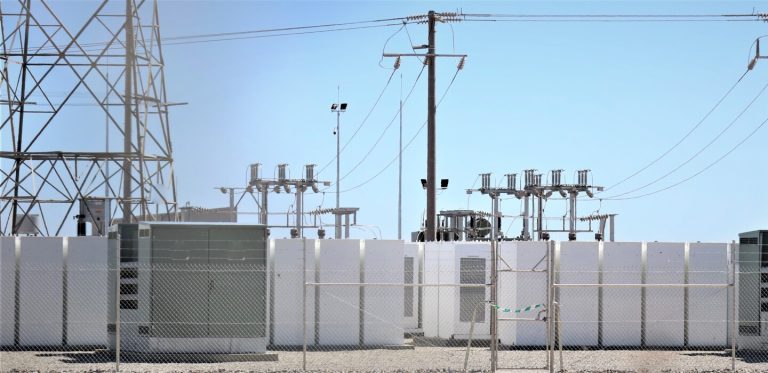Utility officials say the nation's electric grid is ready for electric-powered vehicles, dispelling a recurring talking point that questions the safety of an electricity delivery system overburdened by loads and new demands.
“Every month we see thousands and thousands of new electric vehicles coming online,” says Nick Morelli, an analyst and decarbonization strategist at Pacific Gas and Electric (PG&E), one of California's largest utilities.
There are about 477,000 EVs in PG&E's service area, accounting for one in every seven EVs certified nationwide.
“The convenience and flexibility of EV charging actually provides a great opportunity to improve grid resiliency,” Morelli said, echoing a common observation among utility officials who have noted the ability of EVs to charge during off-peak times, as well as the growing prevalence of EV charging. Energy storage, capable of discharging power when the grid feels stressed.
“Electric vehicles have load flexibility. Because they have load flexibility, they have the potential to improve grid resiliency,” said Chanel Parson, director of electrification for Southern California Edison, one of California's largest electric utilities.
Parson and Morelli joined other electric utility officials in a forum discussion about grid resilience in the era of rising electric vehicle adoption. The July 24 discussion was organized by the Zero Emissions Transportation Association (ZETA), an electric vehicle policy advocacy group.
Albert Gore, CEO of ZETA, said estimates show the United States will need an additional 15 to 27 terawatt hours of electricity by 2050 to power electric vehicles, which represents about 0.5% of current capacity.
“There is a lot of misinformation out there initially about how to meet the increasing energy demands associated with the widespread adoption of electric vehicles,” Gore said.
Electric utilities and other officials point out that a typical light-duty passenger vehicle is on the road only 5 to 10 percent of the day, leaving up to 23 hours of the day where the vehicle can recharge, Parson said.
“That represents a lot of flexibility,” she commented.
Concurrent with the adoption of electric vehicles is the greening of the electric grid, as utilities continue to add renewable energy, largely in the form of solar and wind.
Renewable energy is expected to provide 18 percent of the world's energy by 2030, said Emily Stepp, senior director of federal advocacy at Vistra Energy, a Texas-based organization. Non-hydroelectric renewable energy provides about 35 percent of California's electricity, as of from 2021. But those resources are often intermittent, Stepp said, adding that “accompanying technology” will be needed to provide the necessary reliability.
Vistra operates the Moss Landing Energy Storage Facility in California, the largest energy storage facility in the world. Vistra has completed the expansion of the facility, bringing its total storage capacity to 750 MW.
Demand growth combined with extreme weather events have stressed California's grid, such as the September 2022 heat wave.
“During this event, the battery ended up providing about four percent of the electricity supply,” enough to avoid a power outage in the state, Stepp said.
Industry experts say battery storage eases demand on the grid and increases reliability.
“As the energy supply mix continues to tilt toward low- and zero-carbon resources, energy storage will be the technology that helps ensure the grid remains reliable,” Stepp said.
Therefore, energy storage can also be applied to electric vehicle charging stations where it can be used to manage peak demand and reduce “grid congestion” on transmission lines. Because even a four-plug high-speed charging station that delivers 150 kilowatts per charger can draw enough power to power hundreds of homes. This is where some challenges related to power capacity and supply can arise.
For example, when planning a new neighborhood, it may take years before the project is fully designed, built, and occupied, giving utilities enough lead time to build the necessary infrastructure. But in the case of vehicle charging stations, they can be built in months, not years, and require full activation. That's why PG&E and other large utilities — especially in California — are proactively planning where high-speed charging will be needed, Morelli said.
“With public freight and fleet electrification, which has typically resulted in much larger load demands, we have been mostly relying on customer applications for service to tell us where that additional capacity is needed,” he explained. “The difficulty was the speed at which these large electric vehicle charging stations could be built, which was much faster than the time it typically takes to interactively design and build capacity for these services.”
Government technology It is a sister site to dominant. Both are divisions of e.Republic.

